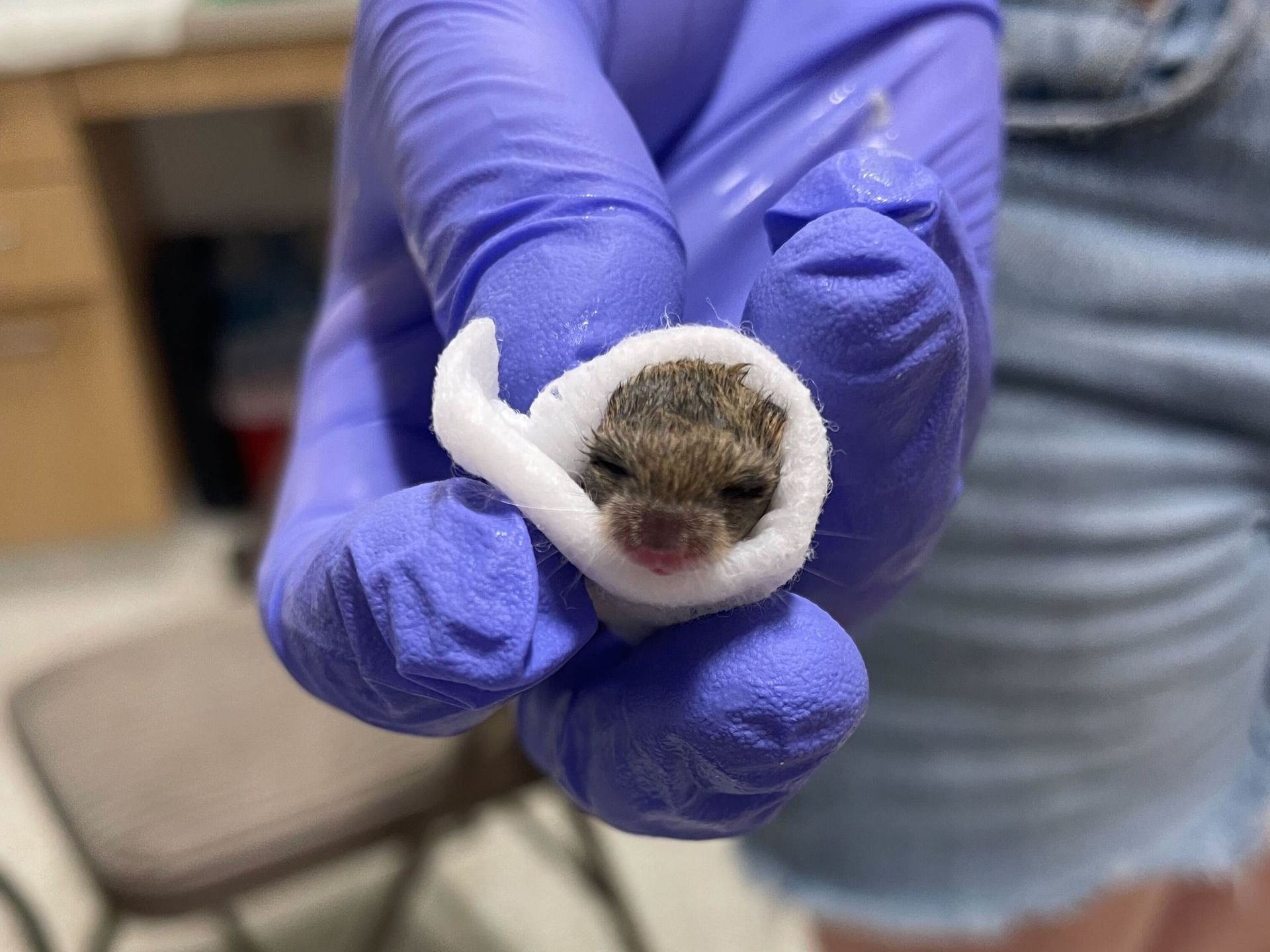Rabies is a serious viral disease that affects the nervous system of mammals, including humans. It's almost always fatal once symptoms appear, making prevention and caution essential. Understanding which animals are common carriers and knowing how to respond if you encounter them can protect both you and your community.
High-Risk Rabies Carriers
In many regions, certain wild animals are more frequently identified as rabies carriers. These include:
- Bats: Found nationwide, bats are a leading source of rabies transmission to humans.
- Skunks: Particularly in certain areas, skunks are common rabies vectors.
- Raccoons: Widespread across various regions, raccoons are known carriers.
- Foxes: Both red and gray foxes can transmit the virus.
- Coyotes: Though less common, coyotes have been reported with rabies infections.
These animals can carry the rabies virus without showing obvious signs, so it's crucial to avoid direct contact.
Recognizing Potential Rabies Infection
While not all animals with rabies exhibit symptoms, some signs to watch for include:
- Unusual Behavior: Wild animals appearing unusually tame or aggressive.
- Disorientation: Difficulty walking, stumbling, or appearing partially paralyzed.
- Excessive Salivation: Foaming at the mouth or drooling excessively.
However, absence of these signs doesn't guarantee the animal is rabies-free.
What to Do If You Encounter a High-Risk Animal
- Do Not Approach or Handle the Animal: Avoid all physical contact.
- Keep Others and Pets Away: Ensure children and pets are at a safe distance.
- Contact Local Wildlife Authorities: Reach out to your local wildlife rescue or animal control for assistance.
If you find an injured animal from the high-risk list, do not attempt to transport it yourself. Professionals have the necessary equipment and training to handle such situations safely.

If You've Had Contact with a Suspected Rabid Animal
- Immediate Washing: Thoroughly wash any bites or scratches with soap and water.
- Seek Medical Attention Promptly: Visit a healthcare provider immediately for evaluation and possible post-exposure prophylaxis.
- Report the Incident: Inform local health authorities about the exposure.
Remember, rabies is preventable if treated before symptoms appear. Timely medical intervention is crucial.
Preventive Measures
- Vaccinate Pets: Ensure your domestic animals are up-to-date on rabies vaccinations.
- Secure Your Home: Seal entry points to prevent wildlife from entering living spaces.
- Educate Your Community: Share information about rabies risks and safe practices.
By staying informed and exercising caution, you can help reduce the risk of rabies transmission in your area.
Rabies Info and Animals to Avoid Handling – FAQs
- Can small animals like squirrels or rabbits carry rabies?
While all mammals can contract rabies, small rodents (like squirrels, mice, and chipmunks) and rabbits are extremely low-risk and rarely transmit the virus to humans. - What should I do if I wake up to a bat in my home?
Even if you don’t recall direct contact, a bat found indoors—especially in a bedroom—should be safely contained and tested for rabies. Contact local health officials or a wildlife professional immediately. - Do rabid animals always foam at the mouth?
No, while excessive salivation can be a symptom, rabies often presents as disorientation, unprovoked aggression, or unusual tameness. Some infected animals may appear lethargic or dazed instead. - Can my vaccinated pet still get rabies?
Rabies vaccines are highly effective, but no vaccine is 100% foolproof. If your pet has had contact with a potentially rabid animal, consult a veterinarian and follow local rabies protocols. - Why do some rabid animals act aggressively while others seem weak or dazed?
Rabies affects the nervous system in different ways. The "furious" form causes aggression and excessive movement, while the "paralytic" form results in weakness and confusion before paralysis. - What should I do if I accidentally touch a potentially rabid animal?
Wash the area immediately with soap and water and seek medical advice as soon as possible. Even minor scratches or saliva contact can pose a risk. - Is it safe to relocate a wild animal that seems sick but isn’t acting aggressive?
No, handling or relocating a sick wild animal is dangerous. Contact wildlife authorities instead—they are trained to assess and safely manage rabies risks.
How can I prevent rabies exposure in my community?
Keep pet vaccinations up to date, avoid feeding or interacting with wild animals, and report any unusual wildlife behavior to local animal control or public health officials.





